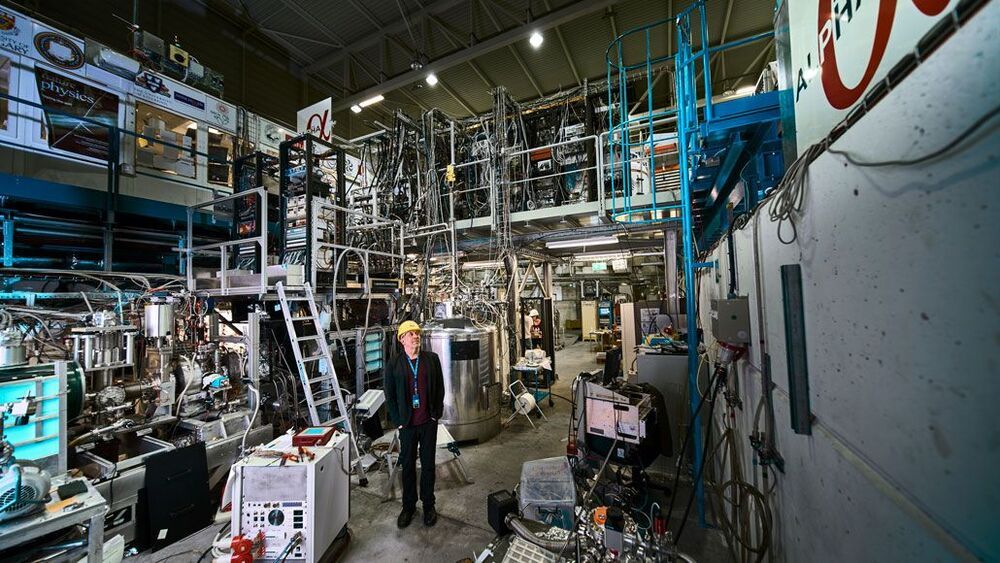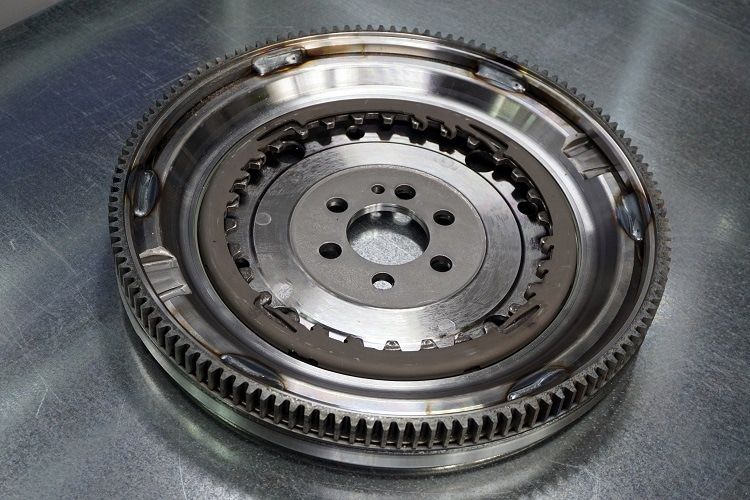Using 142 individual images taken by Perseverance’s Mastcam-Z on Sol 3, the third Martian day of the mission, 21 February 2021, NASA created a 360-degree panorama.
Credit: NASA/JPL-Caltech/ASU/MSSS
Using 142 individual images taken by Perseverance’s Mastcam-Z on Sol 3, the third Martian day of the mission, 21 February 2021, NASA created a 360-degree panorama.
Credit: NASA/JPL-Caltech/ASU/MSSS
Researchers at CU Boulder have developed a new, low-cost wearable device that transforms the human body into a biological battery. The device, described in the journal Science Advances, is stretchy enough that you can wear it like a ring, a bracelet or any other accessory that touches your skin.
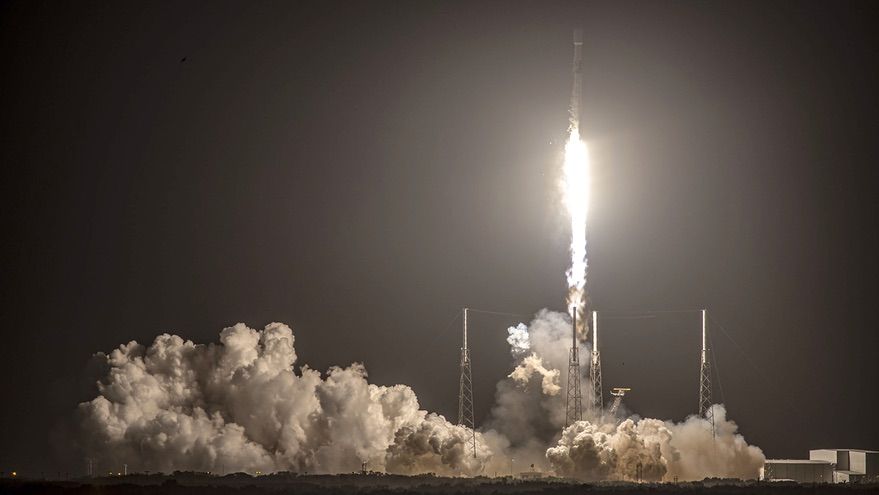
A Falcon 9 booster failed to land after a launch Feb. 15 because of “heat damage” it sustained, but SpaceX thinks boosters can be reused 10 or more times.
WASHINGTON — A Falcon 9 booster failed to land after its most recent launch Feb. 15 because of “heat damage” it sustained, but a SpaceX official said he was confident that the boosters can be reused 10 or more times.
During a session of the 47th Spaceport Summit Feb. 23, Hans Koenigsmann, senior adviser for build and flight reliability at SpaceX, said the failed landing during an otherwise successful launch of Starlink satellites remains under investigation.
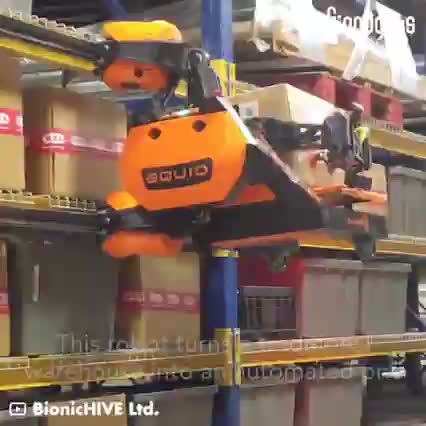
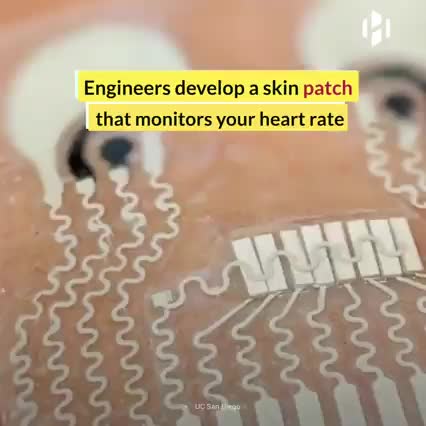

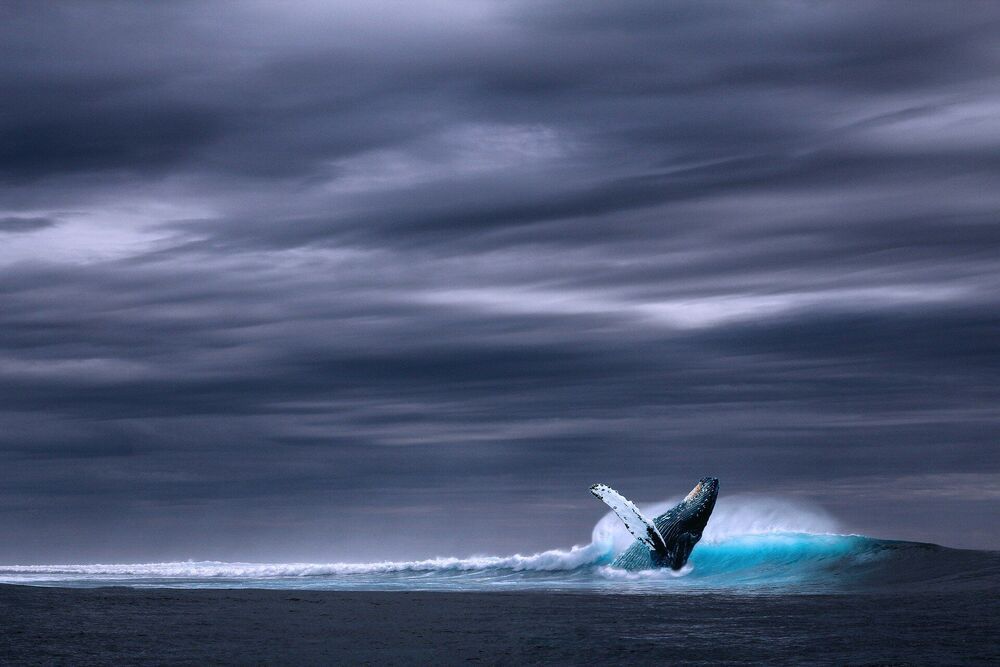
A trio of researchers with ICAEV, Universidad Austral de Chile, and the University of Liverpool, respectively, have found suppressor genes linked to longevity and less cancer in two species of whales. In their paper published in the journal Proceedings of the Royal Society B, Daniela Tejada-Martinez, João Pedro de Magalhães and Juan C. Opazo, describe their genetic study of longevity in cetaceans and what they learned.
